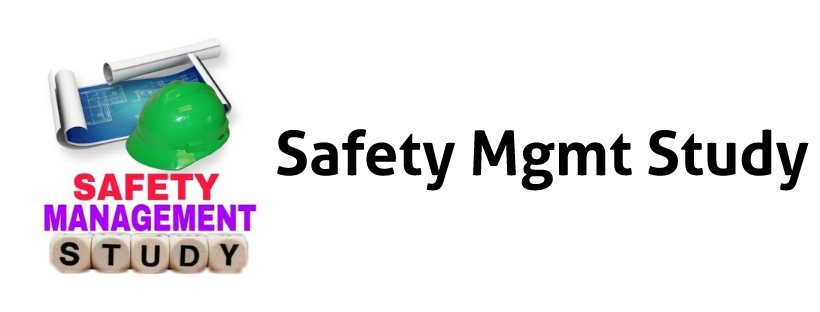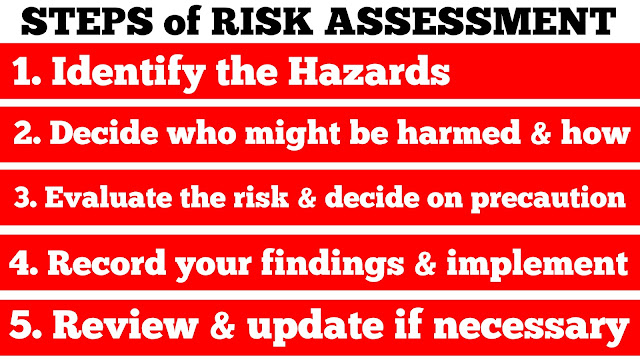What is Risk Assessment | Steps of Risk Assessment
Risk assessment is an integral part of every business and individual's life. It involves identifying potential risks, analyzing their potential impact and taking preventive measures to avoid or mitigate them. In simple terms, risk assessment is a process of evaluating the potential risks associated with an activity or situation. The goal is to reduce the likelihood and impact of these risks. In this blog post, we will discuss what risk assessment is, its importance and the steps involved in the process. Whether you are a business owner, manager or an individual, understanding the concept of risk assessment can help you make informed decisions and safeguard yourself and your organization from potential threats.
What is Risk Assessment?
Risk assessment is a vital process that involves identifying and analyzing potential risks or hazards that could occur within a workplace or specific environment.
Risk assessment for safety officers involves assessing potential risks to employees, customers, the public, and the environment.
The risk assessment contents may include a thorough examination of the premises, equipment, and processes to identify potential hazards and the likelihood and severity of their impact.
This assessment allows safety officers to identify potential hazards before they occur, determine measures to control or minimize risks, and develop strategies for mitigating potential harm or injury.
Risk assessment is crucial for ensuring the safety and well-being of individuals and organizations, and it is an essential component of any comprehensive safety management program.
Through effective risk assessment, safety officers can help organizations to manage and control potential risks, ensure regulatory compliance, and maintain a safe working environment for everyone.
The Importance of Risk Assessments
Risk assessments are a crucial tool for ensuring the safety of people in a variety of different environments. For safety officers, risk assessment is a critical part of their job and involves assessing potential hazards and the risks associated with them. By conducting risk assessments, safety officers are able to identify and assess hazards in order to take appropriate measures to prevent accidents and injuries from occurring.
One of the main benefits of risk assessments is that they help to identify potential hazards before they become a problem. This allows for preventive measures to be put in place, reducing the risk of accidents and injuries.
The contents of a risk assessment may vary depending on the environment and the type of hazards being assessed, but typically they will include a description of the hazard, an assessment of the likelihood and severity of potential harm, and any measures that can be taken to mitigate the risk.
Another important aspect of risk assessments is that they provide a framework for decision-making. When it comes to safety, there are often competing demands and conflicting priorities. Risk assessments provide a way to objectively evaluate risks and weigh the costs and benefits of different actions.
Finally, risk assessments are also an important tool for accountability. By conducting a thorough risk assessment and implementing appropriate measures to mitigate risk, safety officers can demonstrate that they have taken all necessary steps to protect people from harm. In the event that an accident does occur, having a comprehensive risk assessment in place can help to defend against legal action and other consequences.




.jpg)











0 Comments